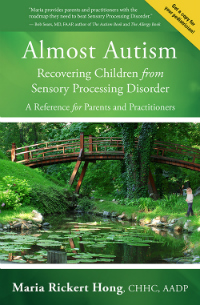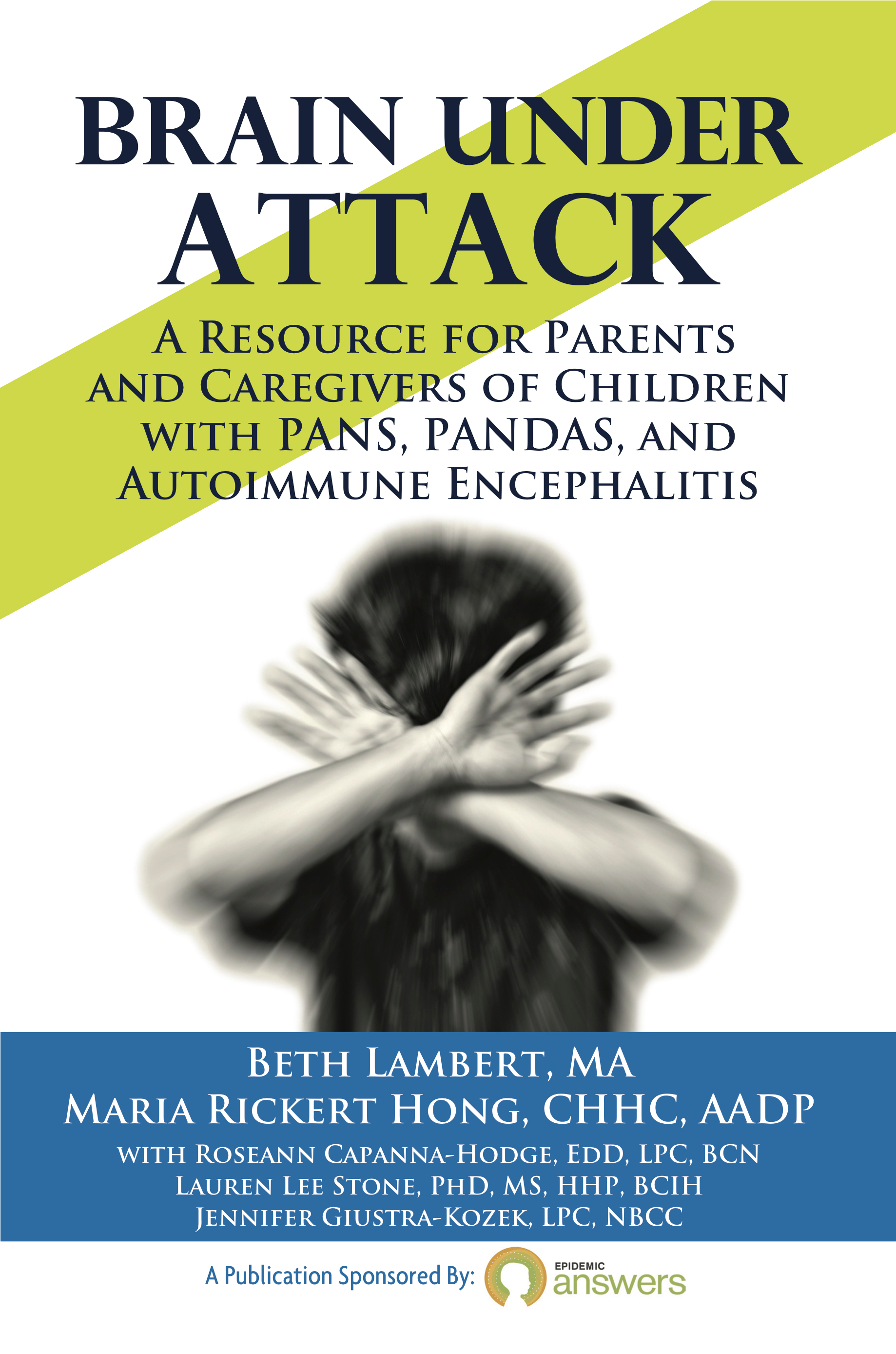 WEST SIMSBURY, Conn., June 25, 2013 /PRNewswire-iReach/ — Epidemic Answers, a 501(c)(3) nonprofit organization at www.epidemicanswers.org dedicated to educating the public about the epidemics of chronic illness and helping parents find healing solutions, is joining forces with Developmental Delay Resources (www.devdelay.org), the only educational resource for families dealing with developmental delays that integrates the full spectrum of treatments and therapeutic modalities from diet interventions to biomedical protocols, physical therapies and everything in between.
WEST SIMSBURY, Conn., June 25, 2013 /PRNewswire-iReach/ — Epidemic Answers, a 501(c)(3) nonprofit organization at www.epidemicanswers.org dedicated to educating the public about the epidemics of chronic illness and helping parents find healing solutions, is joining forces with Developmental Delay Resources (www.devdelay.org), the only educational resource for families dealing with developmental delays that integrates the full spectrum of treatments and therapeutic modalities from diet interventions to biomedical protocols, physical therapies and everything in between.
(Photo: http://photos.prnewswire.com/prnh/20130625/CG37989)
Epidemic Answers (EA) and Developmental Delay Resources (DDR) are combining efforts to raise awareness about the record number of children being diagnosed with chronic health conditions and developmental delays. The rates of autism are now 1 in 50 children and 1 in 31 boys. The rate of asthma is 1 in 8 children, and the rate of ADHD is 1 in 10 children.
Both EA and DDR are dedicated to educating parents about the environmental factors that contribute to these conditions. Beyond that, both organizations subscribe to the belief children can recover from these conditions.
“The fundamental belief that ties our two organizations together is the belief that children can get better,” said Beth Lambert, Executive Director of Epidemic Answers. “Both EA and DDR want the public to know that there are answers for their children and that personalized application of therapeutic, healing and recovery solutions can bring children closer to reaching their full potential.”
DDR’s Executive Director, Patricia Lemer, will be joining the EA Board of Directors, bringing forty years of experience to advise and help guide the future of Epidemic Answers.
DDR will be supporting Epidemic Answers’ latest project aimed at raising awareness: The Canary Kids Film Project. For this project, Epidemic Answers will be supporting seven children with a diagnosis (such as autism, ADHD, allergies, or asthma) and providing them with free healing and recovery services for eighteen months. These children’s recovery journeys will then be documented and made into a feature length film to be directed and produced by award-winning film maker Mary Mazzio.
The children in the program will be involved in a clinical study being run by Dr. Martha Herbert, MD, PhD, pediatric neurologist and professor of neurology from Harvard Medical School. Dr. Herbert will be tracking the children’s progress over the course of the program by collecting biomedical data. The program and film are being entirely funded through donations and grants. To learn more about and view the trailer of The Canary Kids Film Project, or to make a donation, please visit: www.epidemicanswers.org/canary-kids.
Epidemic Answers will manage the collaboration between DDR and EA. DDR members are welcomed to join the EA community by visiting www.EpidemicAnswers.org and signing up for the newsletter.
Epidemic Answers was founded in 2009 by two moms, Beth Lambert (author of “A Compromised Generation: The Epidemic of Chronic Illness in America’s Children”) and Michelle Tortora. Through a variety of healing modalities (including diet, supplements, energy medicine, homeopathy, and others), both Beth and Michelle have recovered their children from chronic illnesses including autism, sensory processing disorder, Lyme disease, allergies and more. Epidemic Answers is dedicated to educating the public about the epidemic of chronic illness affecting the current generation of children and providing prevention and healing solutions for parents, caregivers and future parents.
To view this video on YouTube, please visit: http://www.youtube.com/watch?v=JjXFDDELLRI
Media Contact: Maria Rickert Hong, Media Director, Epidemic Answers, (860) 217-0111, [email protected]
News distributed by PR Newswire iReach: https://ireach.prnewswire.com
SOURCE Epidemic Answers
View the press release here on PR Newswire.
RELATED LINKS
http://www.EpidemicAnswers.org
 Having a son with a developmental delay was very hard on me. He didn’t walk until he was 20 months old.
Having a son with a developmental delay was very hard on me. He didn’t walk until he was 20 months old. Gut dysbiosis — this topic is the motherlode. It’s one of the two core (in my opinion) reasons for the explosion of chronic childhood illnesses we see today.
Gut dysbiosis — this topic is the motherlode. It’s one of the two core (in my opinion) reasons for the explosion of chronic childhood illnesses we see today. Yet more research is coming to light about the damaging effects of heavy metals. A
Yet more research is coming to light about the damaging effects of heavy metals. A  Have you ever wondered WHY there’s such an epidemic of autism these days? Why is the rate now 1 in 50, when it was only 1 in 10,000 a couple of decades ago?
Have you ever wondered WHY there’s such an epidemic of autism these days? Why is the rate now 1 in 50, when it was only 1 in 10,000 a couple of decades ago? Having a son with a developmental delay was very hard on me. He didn’t walk until he was 20 months old. This was extremely hard for me because he didn’t walk until 3 weeks before his little brother was born, and I was having to carry him everywhere.
Having a son with a developmental delay was very hard on me. He didn’t walk until he was 20 months old. This was extremely hard for me because he didn’t walk until 3 weeks before his little brother was born, and I was having to carry him everywhere.

